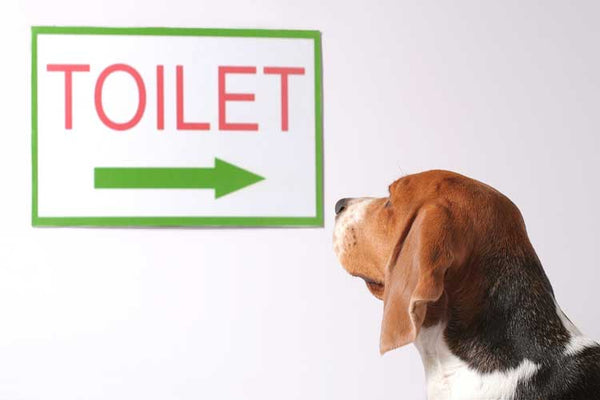For most new dog owners, potty training can be difficult and frustrating, especially if you don’t know what to do. In this edition, we’ll briefly go through some common practices in the aspect of potty training and we’ll go into the detail of each principle. So don’t worry, we’ve got you covered!
There are a few basic principles that we would like to talk about. There are a myriad of ways to train your dog, however most of which break down into these 3 basic principles.
- Consistency
- Location
- Positive Reinforcement
Consistency Dogs are fundamentally very habitual creatures, being an owner, it is important to understand this principle during training as it will help you, ALOT.
Generally, puppies defecate 45 minutes to an hour after a meal. Knowing this, it is important to keep a regular schedule of when to feed your puppy. Having said that, once you have kept a regular feeding schedule, you can roughly estimate when the puppy is going to defecate or urinate. This in turn will ease your frustration and will help the puppy get into the habit of ‘going’ at certain points in the day. Of course these are just examples, the main point is that you remember to keep things consistent.
Having said that, it is also important that you take note of the commands that you give to your dog during the training period so as to not confuse it. For example, when your dog defecates in the wrong area, use the same firm 1 word commands such as “No!” or “Bad!” so that the dog is able to associate this word as a stimuli for the wrong behaviour.
Location Once you have understood that consistency is pivotal in potty training, we can then move on to the next point, location.
It is important that you demarcate an area in your house (Im assuming an apartment, dosent matter if its HDB or Private) that your puppy is able to recognise as its ‘go to’ area when nature calls. Location comes hand in hand with consistency, if the location constantly changes, the puppy will not be able to determine where to defecate and vice versa if you are not able to determine when the puppy is going to defecate, you will not be able to bring the puppy to the desired location. The moment you have established the ‘go to’ area for your puppy, make sure it does not change and ensure that there is not one time that your puppy defecates anywhere else.
Positive Reinforcement What is positive reinforcement? “In operant conditioning, positive reinforcement involves the addition of a reinforcing stimulus following a behavior that makes it more likely that the behavior will occur again in the future. When a favorable outcome, event, or reward occurs after an action, that particular response or behavior will be strengthened.” – psychology.com
Basically, positive reinforcement is the addition of a certain item/command/food (Stimuli) to encourage a certain behaviour so that it (that behaviour) is more likely to happen again. For example, in the scenario where your dog has defecated in the correct demarcated location, reward your dog with a praise like , “Good boy!” or a treat. This will in turn encourage your dog such that this behaviour occurs again. The same thing can be said for us humans, when you exceed your sales quota and your boss gives you a bonus. Would you not be more inclined to do the same thing again?
Conclusion
Understanding these basic principles will enable you to train your dog with much ease, however it is important that not all dogs behave the same and cannot be trained exactly the same way every time. So spend time and get used to how your dog behaves and start from there.
Also, we as owners should understand that while Positive Reinforcement is good, negative reinforcement should rarely ever be used, for example; when your dog defecates on the sofa and you deliberately force its nose into its poop. Only 2 things can happen here, 1 is that your dog will start getting afraid of the sofa (lol) and 2 the dog will start getting afraid when defecating if you are around – Which by the way creates a bigger problem for you.
